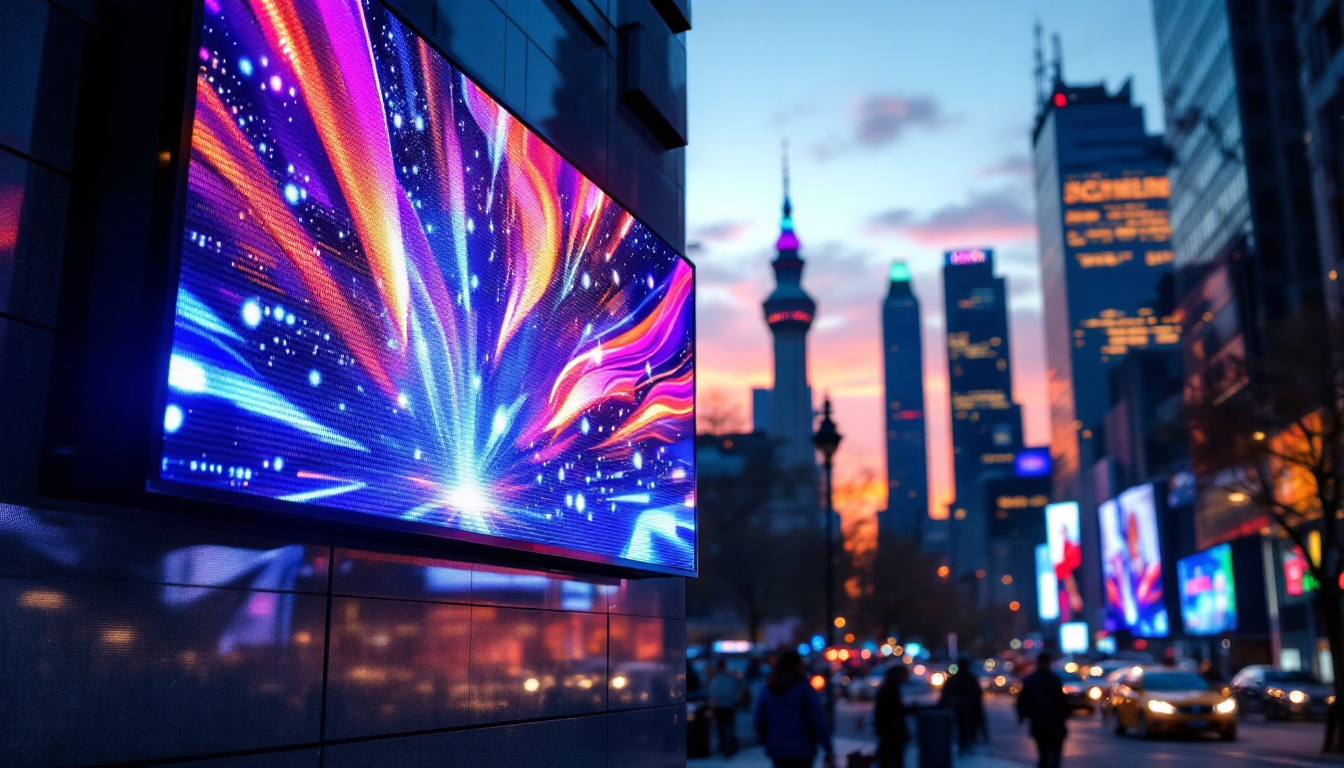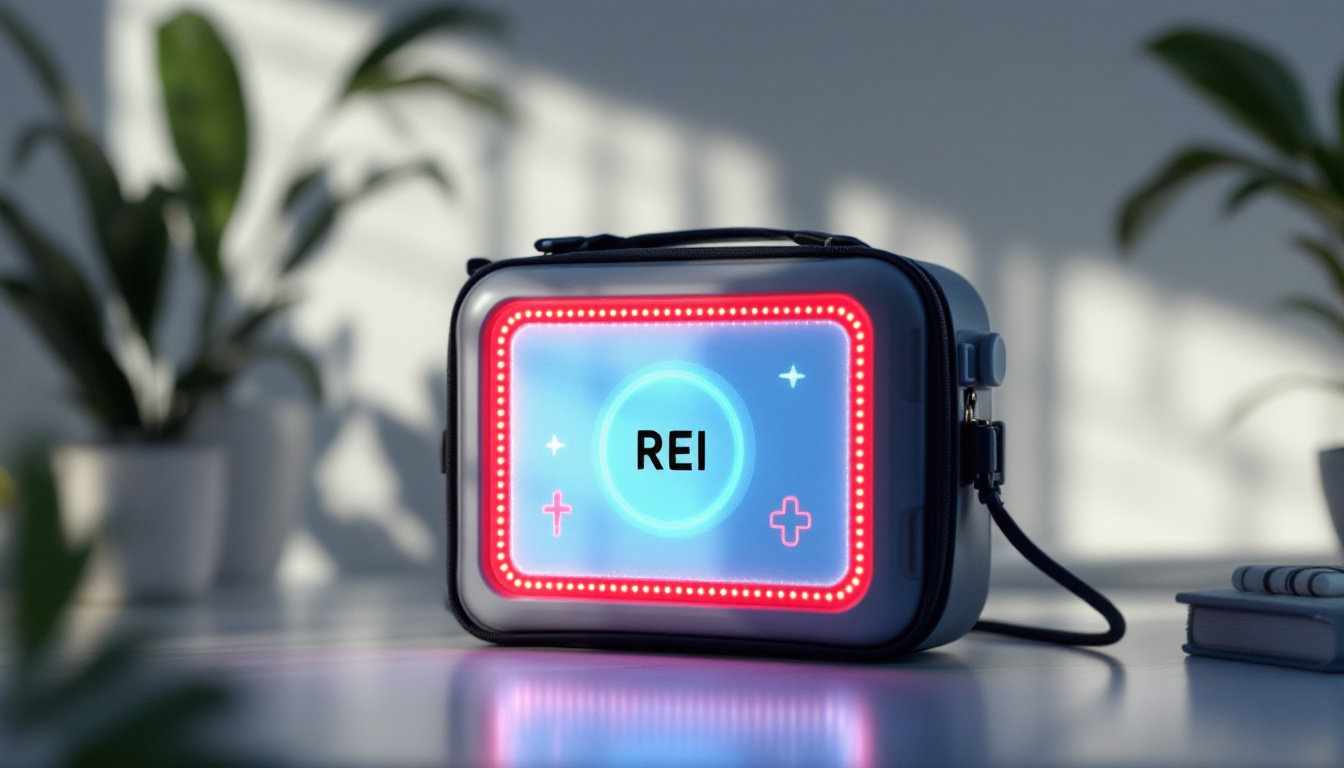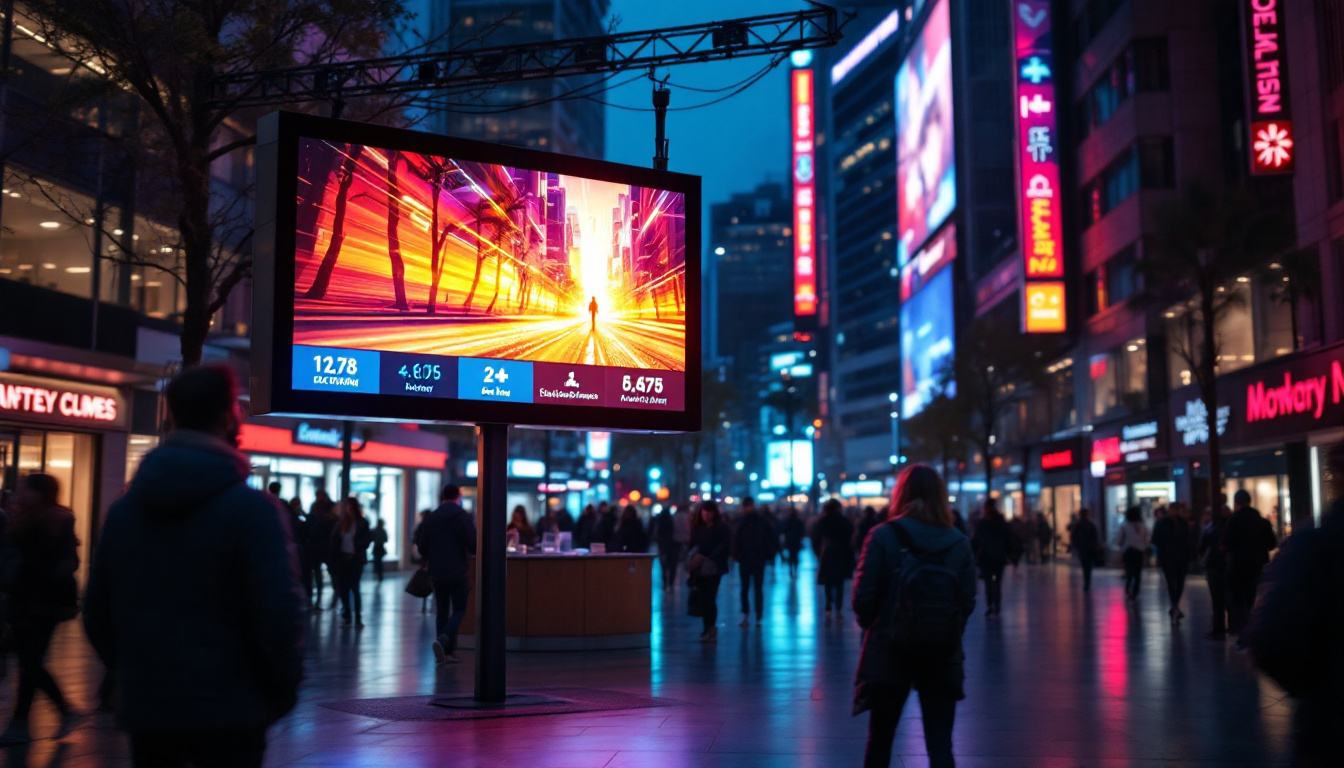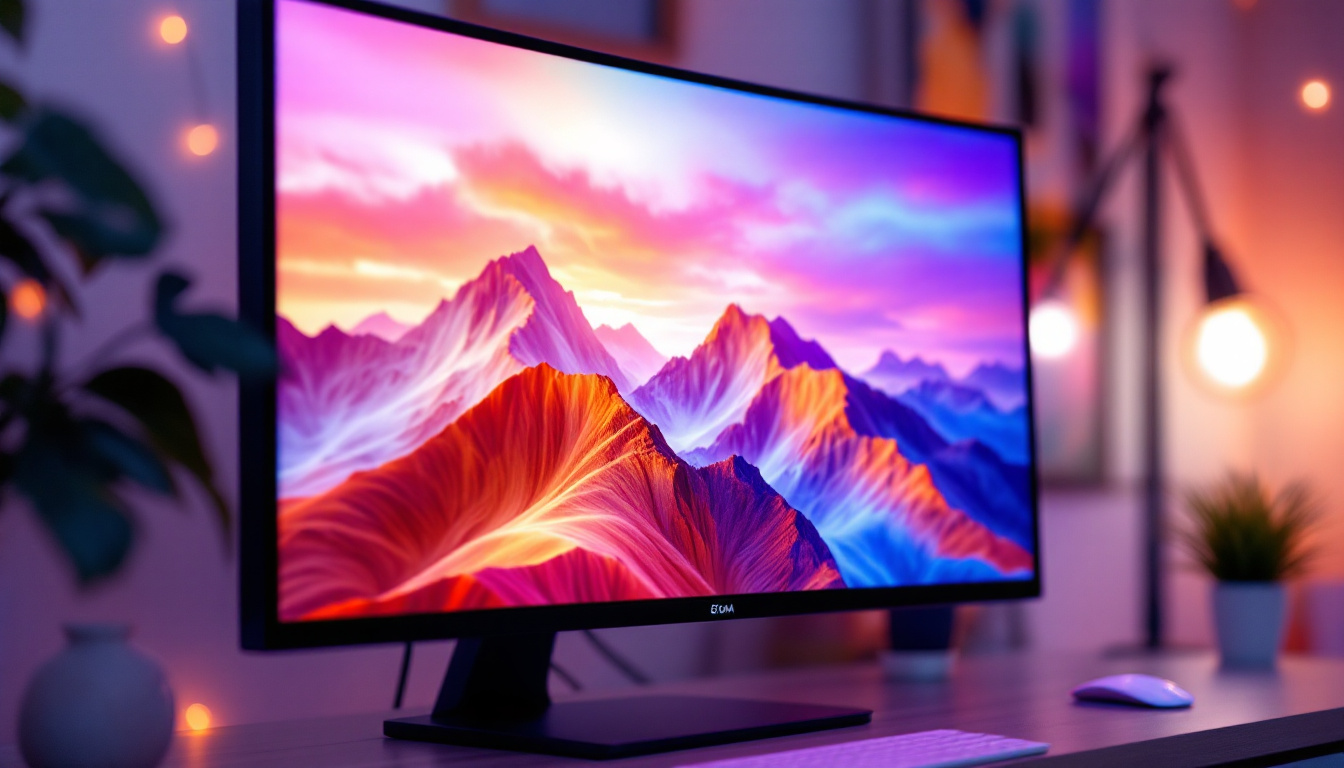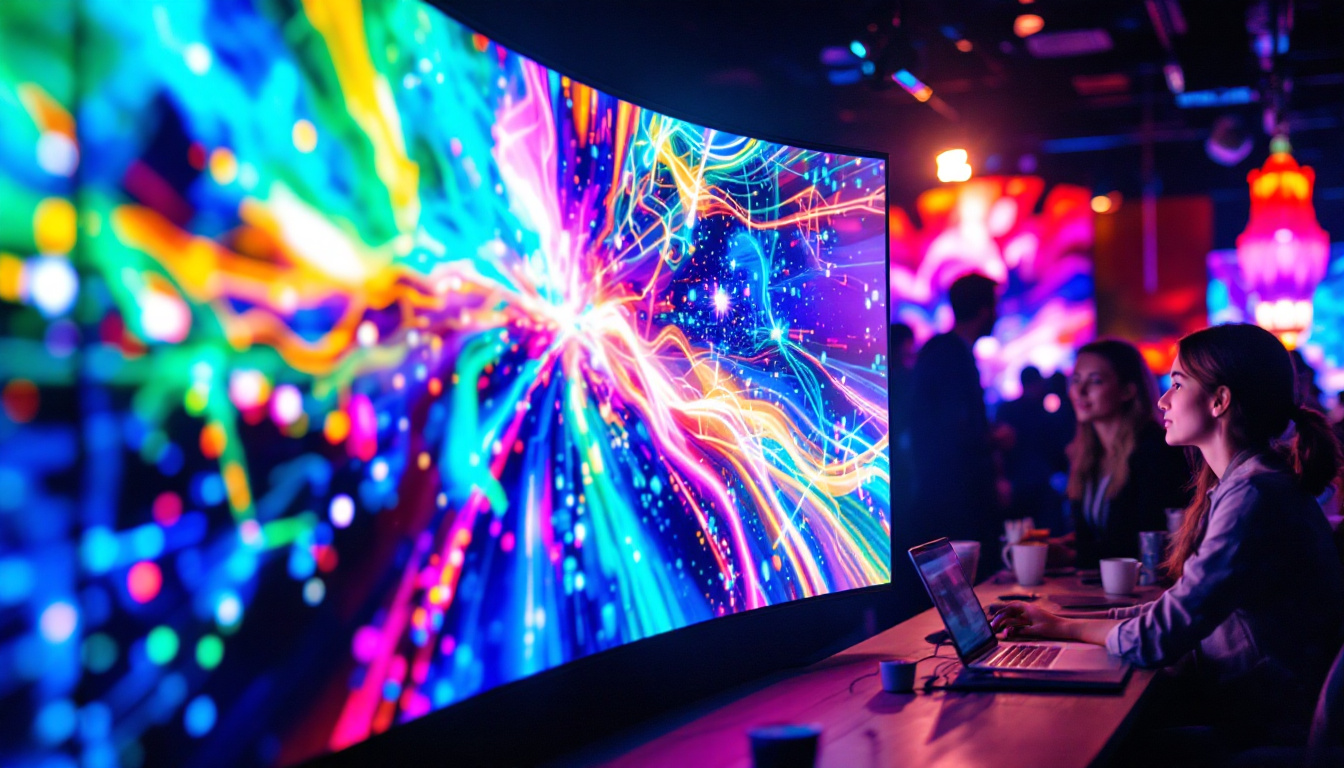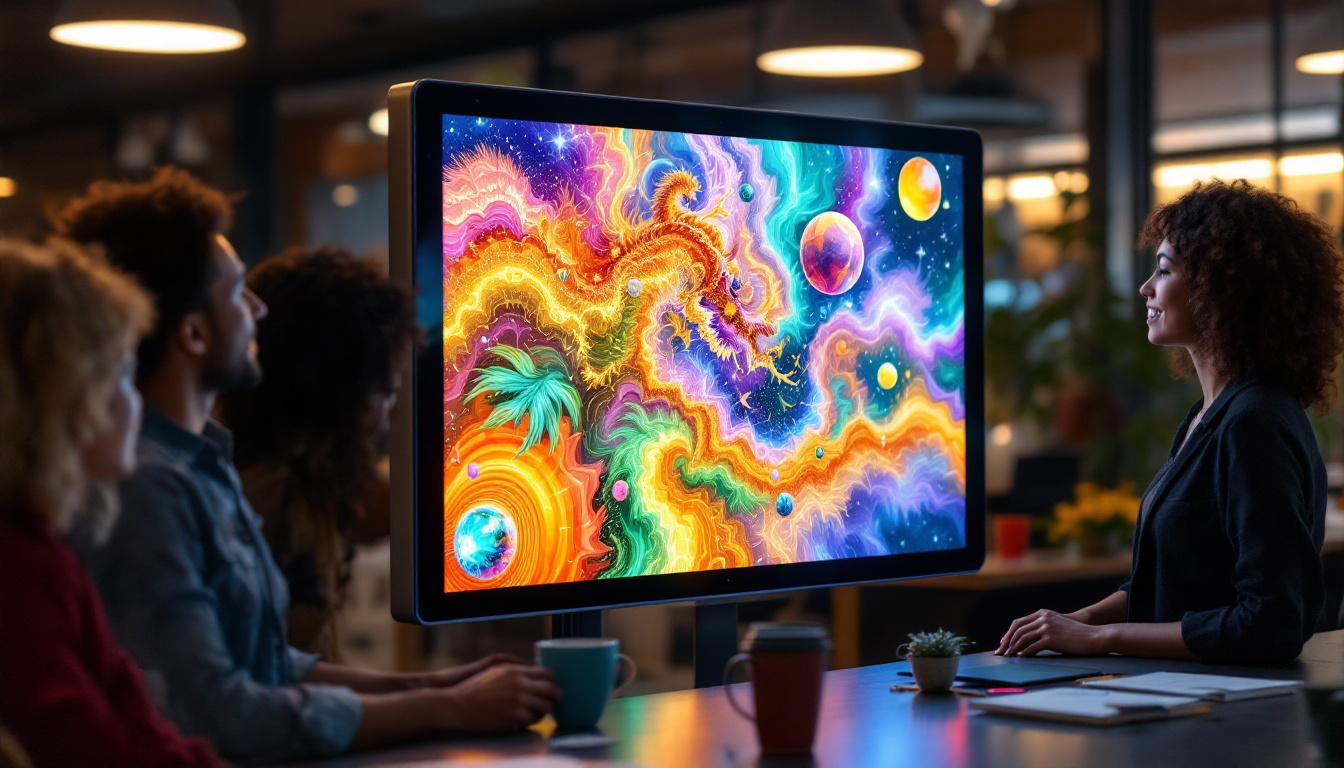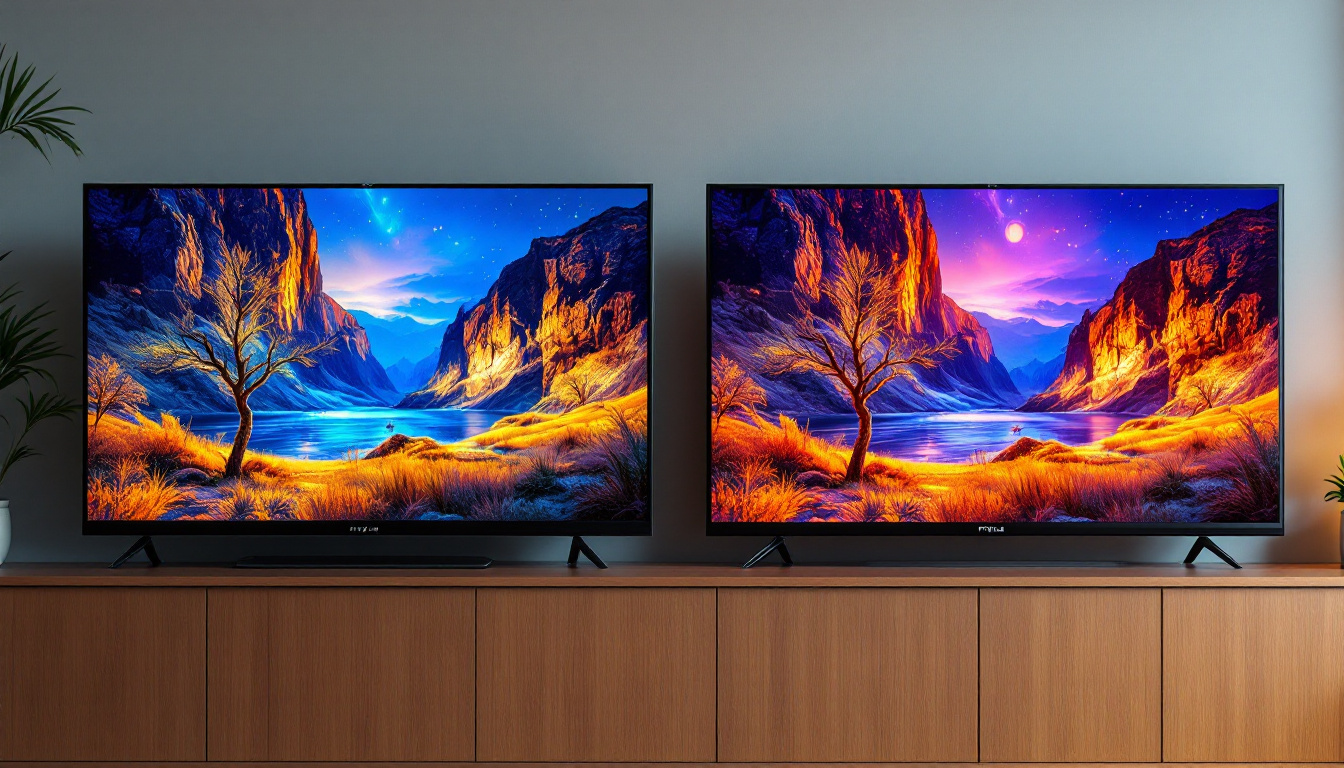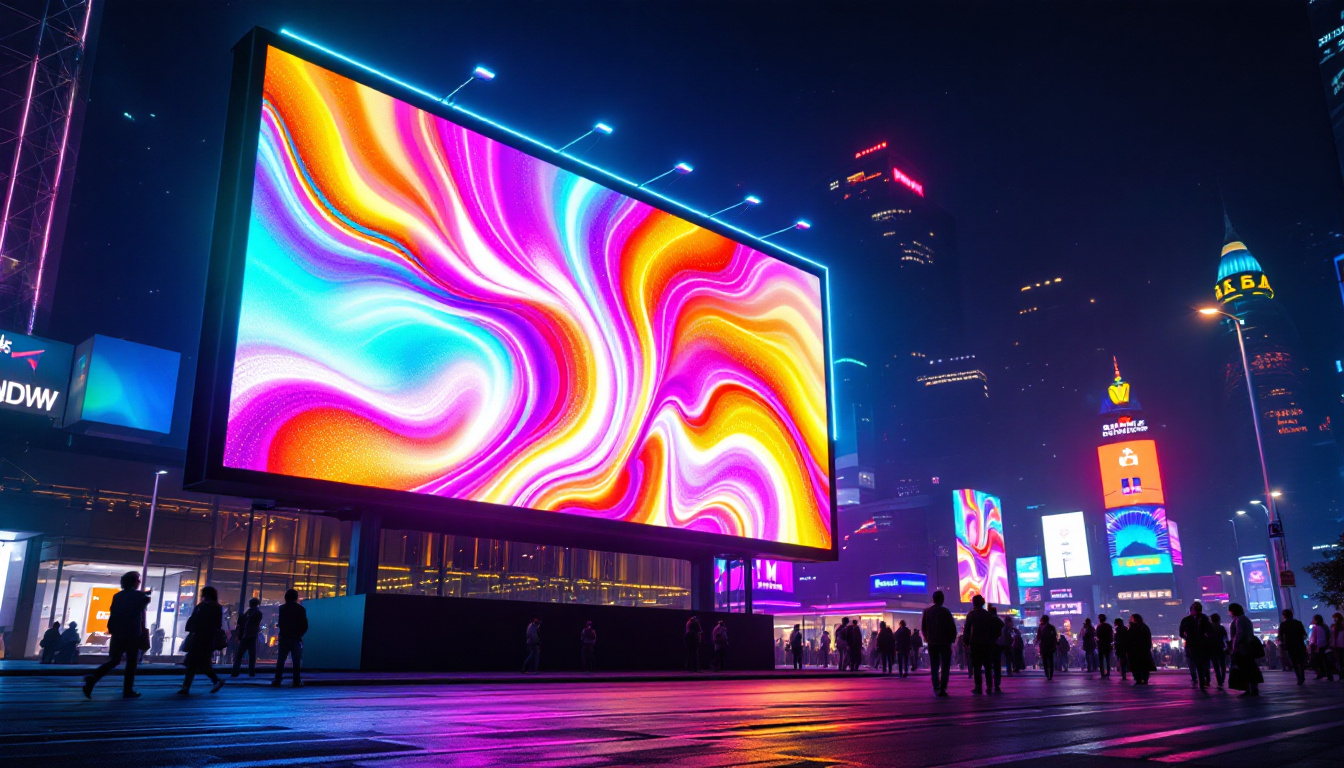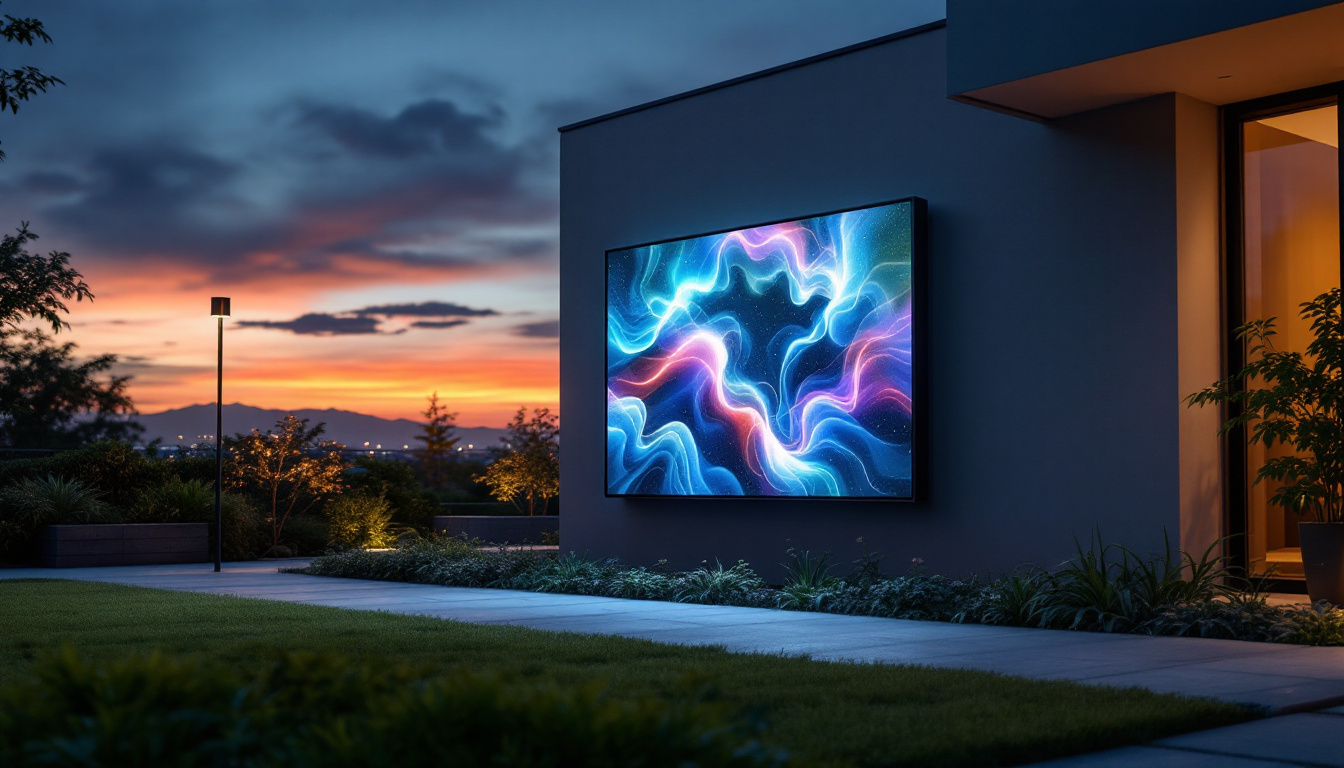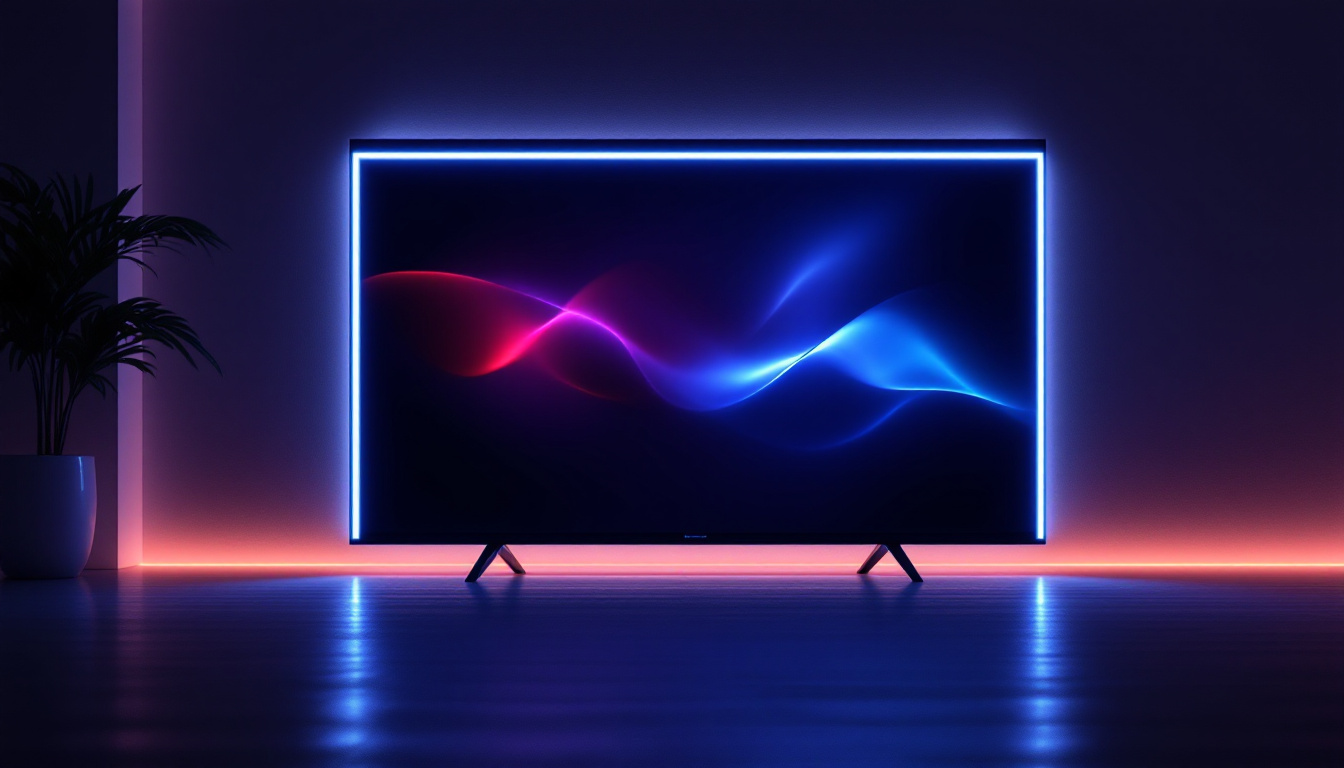In today’s digital age, interactive touch screen software has become an essential tool across various industries. From education to retail, these systems enhance user engagement and provide a dynamic platform for information sharing. One of the most popular mediums for displaying this software is through LED screens. This article delves into the intricacies of interactive touch screen software and how LED displays play a pivotal role in its effectiveness.
Understanding Interactive Touch Screen Software
Interactive touch screen software allows users to engage with digital content through direct touch interaction. This technology has transformed the way users interact with information, making it more intuitive and accessible. The software can range from simple applications to complex systems that integrate with other technologies. In recent years, the proliferation of touch screen devices, from smartphones to large interactive displays, has made this software increasingly prevalent in everyday life, allowing for a seamless blend of physical and digital experiences.
Key Features of Interactive Touch Screen Software
Interactive touch screen software typically includes features such as multi-touch capabilities, gesture recognition, and real-time feedback. These features enable users to navigate through content seamlessly, enhancing the overall user experience. For instance, multi-touch functionality allows users to pinch, zoom, and rotate images or documents, making it easier to manipulate content in a way that feels natural and engaging. Gesture recognition further enriches this experience by allowing users to perform specific actions, such as swiping or tapping, to trigger different responses from the software.
Moreover, the software often supports various applications, including presentations, educational tools, and digital signage. This versatility makes it suitable for a wide range of environments, from classrooms to corporate boardrooms. In educational contexts, interactive touch screen software can facilitate interactive lessons where students can participate directly, while in corporate settings, it can enhance presentations by allowing real-time data manipulation and audience engagement. The adaptability of this technology ensures that it meets the diverse needs of users across different sectors.
Benefits of Using Interactive Touch Screen Software
The advantages of implementing interactive touch screen software are numerous. Firstly, it fosters collaboration by allowing multiple users to interact with the content simultaneously. This is particularly beneficial in educational settings where group work and discussions are encouraged. The collaborative nature of this software can also extend to remote learning environments, where students can work together on projects in real-time, regardless of their physical location, thus bridging the gap between traditional and digital learning.
Secondly, it enhances information retention. Studies have shown that interactive learning environments lead to better understanding and memory recall compared to traditional methods. The hands-on approach of touch screen interfaces engages users more effectively. Furthermore, the ability to visualize data and interact with it dynamically allows users to form connections and insights that might be missed in a passive learning scenario. This active engagement not only makes the learning process more enjoyable but also promotes critical thinking skills as users explore and manipulate content in real-time.
The Role of LED Displays in Interactive Touch Screen Software
LED displays serve as the visual interface for interactive touch screen software, providing vibrant and high-resolution imagery that captures attention. The combination of LED technology and interactive software creates an immersive experience for users. This synergy not only enhances user engagement but also allows for dynamic content presentation, making it easier for businesses to convey messages or showcase products in a visually appealing manner.
Advantages of LED Displays
LED displays offer several advantages over traditional display technologies. They are known for their brightness and clarity, making them suitable for various lighting conditions. This is especially important in environments like retail stores or conference rooms where ambient light can affect visibility. The ability to maintain visibility in bright environments ensures that important information is communicated effectively, enhancing the overall user experience.
Additionally, LED displays are energy-efficient and have a longer lifespan compared to other display types. This not only reduces operational costs but also contributes to a more sustainable approach to technology usage. With advancements in LED technology, many displays now come equipped with smart features that optimize energy consumption further, allowing businesses to reduce their carbon footprint while still delivering high-quality visuals.
Types of LED Displays
There are several types of LED displays used in conjunction with interactive touch screen software. These include standard LED screens, OLED displays, and transparent LED panels. Each type has its unique features and applications, catering to different needs and environments. Standard LED screens are widely used due to their affordability and versatility. They are commonly found in public spaces, such as airports and shopping malls, where they can display real-time information and advertisements to large audiences.
OLED displays, on the other hand, offer superior color accuracy and contrast, making them ideal for high-end applications. Their ability to produce deep blacks and vibrant colors enhances the visual experience, particularly in environments like art galleries or luxury retail settings. Transparent LED panels are gaining popularity for their innovative design, allowing for seamless integration into various environments. These panels can be used in storefronts to display advertisements while still allowing visibility into the store, creating a unique shopping experience that attracts customers. As technology progresses, the versatility and functionality of LED displays continue to evolve, opening new avenues for interactive touch screen applications across diverse industries.
Applications of Interactive Touch Screen Software with LED Displays
The integration of interactive touch screen software with LED displays has led to innovative applications across multiple sectors. From education to corporate environments, the possibilities are vast.
Education and Training
In educational settings, interactive touch screens equipped with LED displays facilitate immersive learning experiences. Teachers can present information dynamically, allowing students to engage with the material directly. This interactive approach not only makes learning more enjoyable but also caters to different learning styles. For instance, visual learners can benefit from vibrant graphics and videos, while kinesthetic learners can participate in hands-on activities that reinforce theoretical concepts.
Training programs in corporate environments also benefit from this technology. Interactive simulations and real-time feedback help employees grasp complex concepts more effectively, resulting in better performance and productivity. Furthermore, the ability to record sessions and provide on-demand access to training materials ensures that employees can revisit challenging topics at their convenience, fostering a culture of continuous learning and improvement.
Retail and Marketing
In the retail sector, interactive touch screen software paired with LED displays can significantly enhance customer engagement. digital signage solutions allow retailers to showcase products interactively, providing customers with detailed information at their fingertips. This not only helps in reducing the burden on sales staff but also empowers customers to make informed decisions at their own pace, enhancing their overall shopping experience.
Moreover, these systems can be integrated with customer relationship management (CRM) tools to personalize the shopping experience. By analyzing customer data, retailers can tailor promotions and recommendations, ultimately driving sales and customer satisfaction. Additionally, interactive displays can serve as platforms for customer feedback, allowing businesses to gather insights on consumer preferences and improve their offerings. With features like augmented reality, customers can visualize products in their own environment, further bridging the gap between digital and physical shopping experiences.
Challenges and Considerations
While the benefits of interactive touch screen software and LED displays are substantial, there are challenges and considerations to keep in mind. Understanding these factors is crucial for successful implementation.
Cost and Budget Constraints
One of the primary challenges is the initial investment required for high-quality LED displays and interactive software solutions. Businesses must weigh the costs against the potential return on investment (ROI). While the long-term benefits can be significant, the upfront costs can be a barrier for some organizations.
Budget constraints may also limit the choice of technology. It is essential to conduct thorough research and consider various options to find a solution that fits both needs and budget.
Technical Support and Maintenance
Another consideration is the need for ongoing technical support and maintenance. Interactive touch screen systems and LED displays require regular updates and troubleshooting to ensure optimal performance. Organizations must be prepared to allocate resources for this purpose, whether through in-house IT teams or external service providers.
Future Trends in Interactive Touch Screen Software and LED Displays
The landscape of interactive touch screen software and LED displays continues to evolve rapidly. Emerging technologies and trends are shaping the future of this field, promising even more innovative solutions.
Integration with Artificial Intelligence
One of the most exciting trends is the integration of artificial intelligence (AI) into interactive touch screen software. AI can enhance user experience by providing personalized content recommendations and predictive analytics. This level of customization can significantly improve engagement and satisfaction.
Moreover, AI-driven analytics can offer valuable insights into user behavior, allowing organizations to refine their strategies and improve their offerings continuously.
Advancements in Touch Technology
Advancements in touch technology are also paving the way for more intuitive interactions. Innovations such as haptic feedback and gesture recognition are making touch screen interfaces more responsive and user-friendly. These developments enhance the overall experience, making it easier for users to navigate and interact with content.
Conclusion
Interactive touch screen software combined with LED displays represents a powerful tool for enhancing user engagement across various sectors. The benefits of this technology are clear, from improved collaboration in educational settings to increased customer engagement in retail environments.
While challenges exist, careful planning and consideration can lead to successful implementation. As technology continues to advance, the future of interactive touch screen software and LED displays looks promising, offering endless possibilities for innovation and user interaction.
Organizations that embrace this technology will not only stay ahead of the curve but also create more engaging and effective experiences for their users.
Discover LumenMatrix’s Innovative LED Display Solutions
Ready to elevate your interactive touch screen experience? LumenMatrix is at the forefront of LED display technology, offering a wide array of solutions that bring your content to life. Whether you’re looking to enhance your educational environment, captivate retail customers, or make a bold statement in any space, our Indoor and Outdoor LED Wall Displays, Vehicle LED Displays, and more are designed to create immersive visual experiences. Embrace the future of engagement with LumenMatrix’s cutting-edge LED displays. Check out LumenMatrix LED Display Solutions today and transform the way you communicate with your audience.




